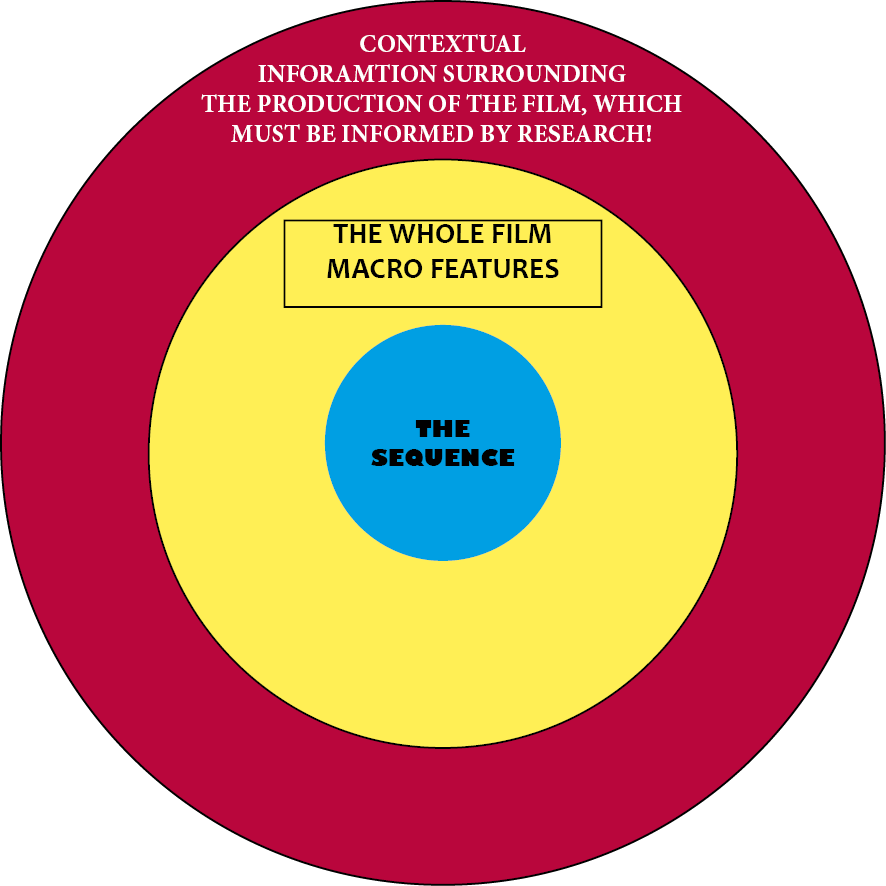Links to the Films



Your Initial Response
Complete one of these documents in preparation
Context / Film Research.
You’ve got one week to conduct the research necessary to help you understand your chosen film:
- Character Representation
- Narrative
- Genre
- Visual Style
- Historical Context
- Critical Reception (Reviews)
By the end of the week you will submit a proposed sequence from your film as well as an essay question which will help you focus on the sequence as well as link your ideas to the whole film. You should take a copy of this document to record the research that you undertake this week.
Some Sources to Get you Started
Days of Heaven
Lighting in Days of Heaven
Reference: Zucker, C. (2001) ‘ “God Don’t Even Hear You,” or Paradise Lost: Terrence Malick’s “Days of Heaven.”’, Literature Film Quarterly, 29(1), p. 2.
Akira
Nerdwriter (Animating Light)
20 Years of Japanese Cinema – Media Magazine Article
Reference: Ramey, M, 2009. Cinema of Japan. Media Magazine, 27, 7-12.
La Haine
Structure, culture and cinematography.
Ghetto Culture – Media Magazine Article
Reference: Turner, P, 2011. Ghetto Culture. Media Magazine, 35, 19-22.


